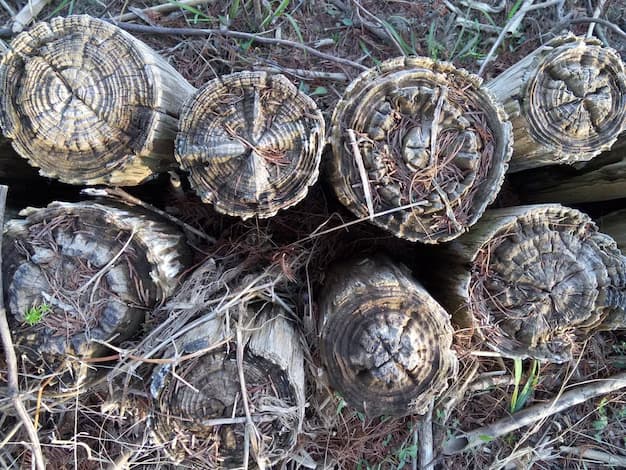Understanding the Risks of Falling Trees
Trees enhance the beauty and value of a property, but when they become unstable, they can pose a serious threat. Falling trees can damage homes, vehicles, and power lines, potentially causing costly repairs and safety hazards. Understanding how to protect your property from this risk is essential for maintaining a secure and well-kept landscape.
Identifying Trees at Risk
The first step in preventing damage from falling trees is recognizing the warning signs of instability. Trees with visible cracks, hollow trunks, or large dead branches are more likely to collapse. Leaning trees, especially those tilting after a storm, should be evaluated immediately. Additionally, trees with root damage or exposed roots may lack the necessary support to remain upright, making them a potential hazard.
Regular Tree Maintenance and Inspections
Routine tree care can significantly reduce the chances of a tree falling unexpectedly. Regular pruning helps remove weak or diseased branches, reducing the risk of breakage during storms. Scheduling professional inspections by an arborist can help identify underlying health issues, such as disease or pest infestations, before they compromise the tree’s stability. Early intervention can often save a tree or prevent it from becoming a safety risk.
Managing Trees Near Structures and Power Lines
Trees that grow too close to buildings, fences, or electrical lines require extra attention. Overhanging branches can break and damage roofs or windows, while tree roots can disrupt foundations and underground utilities. If a tree is encroaching on a structure, strategic trimming or removal may be necessary to prevent costly damage. Local utility companies can often assist with tree trimming near power lines to minimize risks.
Storm Preparedness and Emergency Measures
Severe weather conditions, such as high winds, heavy snowfall, or hurricanes, increase the likelihood of trees falling. Before storm season, inspecting trees for weak branches, rot, or leaning trunks can help identify potential hazards. Securing loose limbs and removing dead trees before bad weather strikes can prevent accidents. If a tree does fall, having an emergency plan in place, including knowing who to contact for removal, ensures a swift and safe response.
When Tree Removal Becomes Necessary
In some cases, the safest option to protect your property is removing a high-risk tree. If a tree is dead, severely diseased, or structurally compromised, leaving it in place increases the chance of an unpredictable fall. Consulting with a certified arborist can help determine whether a tree can be salvaged or if removal is the best course of action. Taking proactive steps now can prevent more significant problems later.
Prioritizing Safety and Prevention
Protecting your property from falling trees requires vigilance, regular maintenance, and timely action. By identifying potential risks, keeping trees healthy, and addressing problems before they escalate, homeowners can safeguard their property and loved ones from unnecessary harm. A well-maintained landscape not only enhances curb appeal but also ensures a safer and more resilient environment for years to come.

